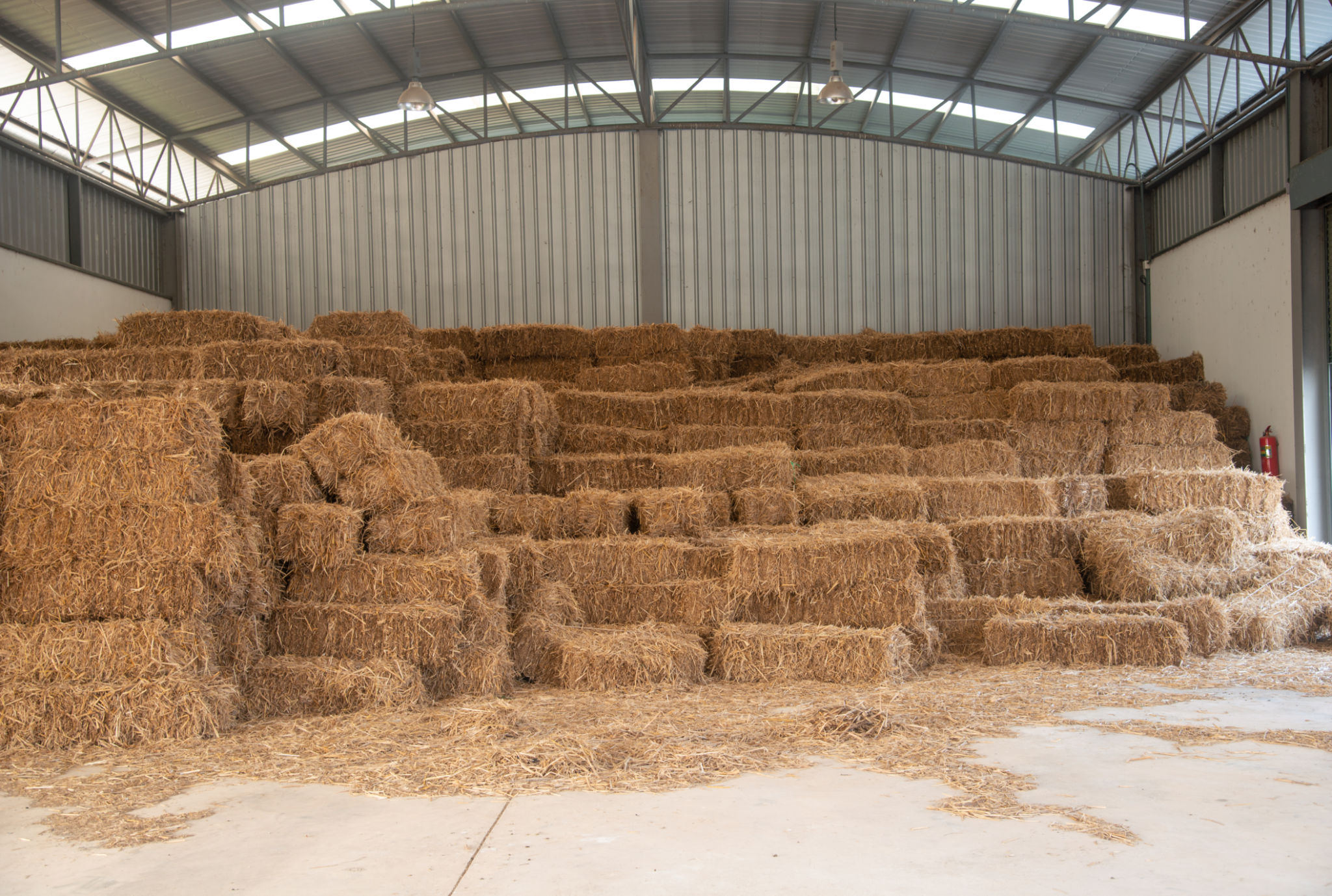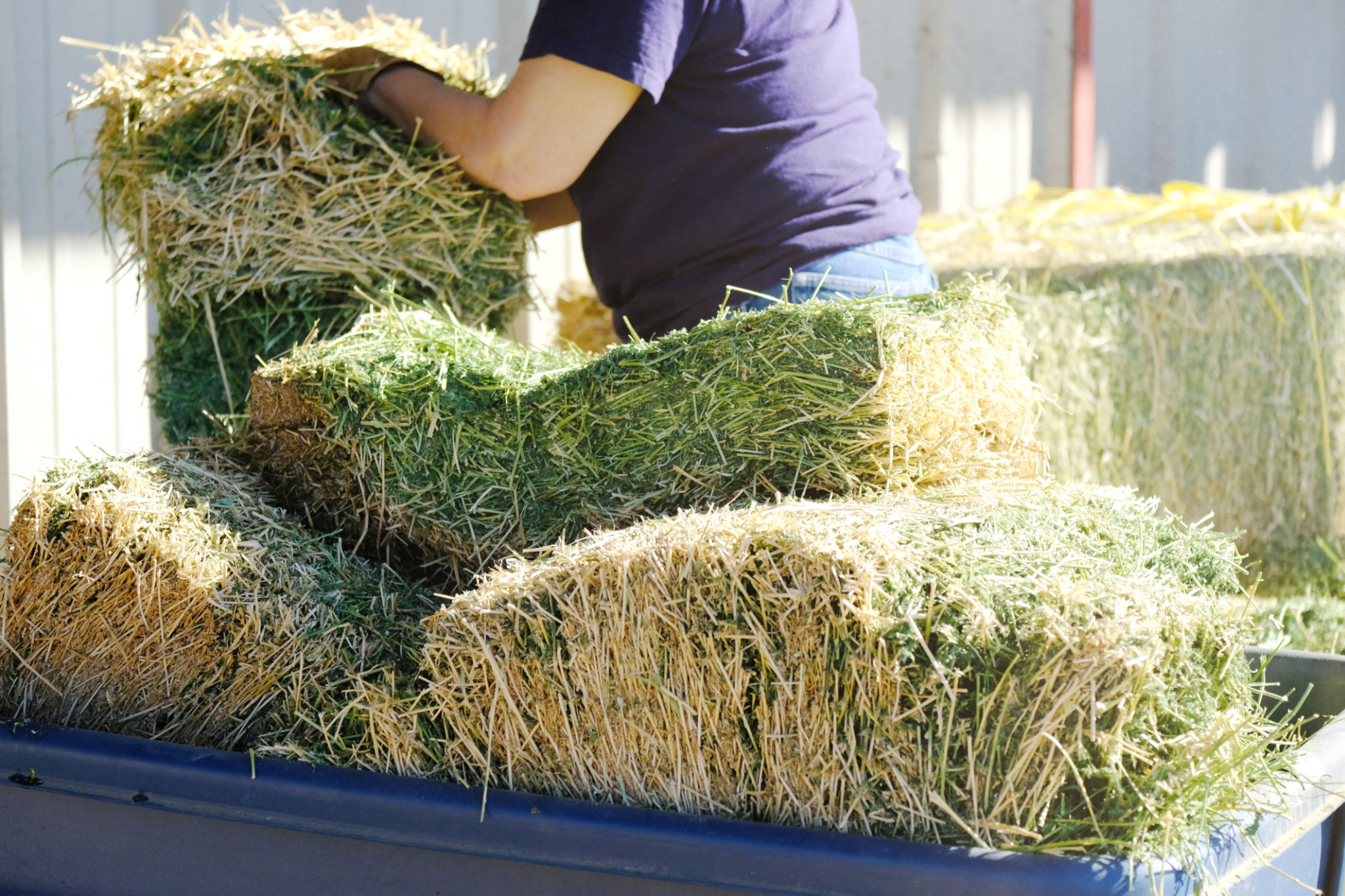Seasonal Hay Buying Tips: Ensuring Quality and Availability
Understanding the Importance of Quality Hay
When it comes to feeding livestock, the quality of hay is crucial. Good hay provides the necessary nutrients, supports digestive health, and boosts overall productivity. As a seasonal product, hay's quality can vary significantly depending on factors like weather conditions and the time of harvest. Ensuring you have a reliable supply of quality hay throughout the year can make a significant difference in your livestock management.
The first step in ensuring quality is understanding what good hay looks like. High-quality hay should be green, leafy, and have a pleasant smell. It should be free from mold, dust, and weeds. The moisture content is also vital; excessively moist hay can lead to mold and spoilage, while overly dry hay might lack essential nutrients.

Timing Your Purchase for Best Results
The timing of your hay purchase is critical to securing both quality and availability. Buying hay early in the season can often result in better quality and price. However, it's essential to consider storage capabilities if purchasing in bulk. Early purchases allow you to select from the best available stocks before the demand peaks.
Late-season purchases may sometimes offer lower prices, but the quality tends to be less predictable. During this period, you might encounter hay that has been stored under less-than-ideal conditions or has been exposed to adverse weather.

Factors Influencing Hay Prices
Hay prices fluctuate based on several factors, including weather patterns, transportation costs, and market demand. Droughts or floods can significantly impact hay production, leading to shortages and higher prices. Conversely, a bountiful harvest season might result in lower prices.
Stay informed about local and regional market trends and weather forecasts. This knowledge can help you anticipate price changes and plan your purchases accordingly. Establishing relationships with local farmers or suppliers can also provide insights into upcoming price shifts.
Assessing Storage and Preservation Techniques
Proper storage is essential for maintaining hay quality over time. Ensure your storage area is dry, well-ventilated, and protected from pests. Stacking bales on pallets or wooden planks can prevent moisture accumulation from the ground. Covering hay with tarps or plastic sheeting can offer additional protection from the elements.
Consider investing in equipment such as hay moisture meters to monitor moisture levels regularly. This proactive approach can prevent spoilage and ensure your hay remains a valuable nutritional source throughout the year.

Building Relationships with Reliable Suppliers
Building strong relationships with trustworthy hay suppliers can be invaluable. Reliable suppliers can offer consistent quality, timely deliveries, and competitive pricing. Visit their farms or operations if possible, to get a firsthand look at their production methods and storage conditions.
Networking with other livestock owners or joining agricultural societies can also provide valuable recommendations for reputable suppliers. When it comes time to purchase, having established trust can lead to better deals and priority access during high-demand periods.
Exploring Alternative Feed Options
In times of hay scarcity or price surges, exploring alternative feed options can be beneficial. Consider incorporating silage, haylage, or other forage alternatives into your livestock's diet. These options can complement your hay supply while maintaining nutritional balance.
Before transitioning to alternative feeds, consult with a livestock nutritionist to ensure that dietary needs are met without compromising animal health or productivity.
